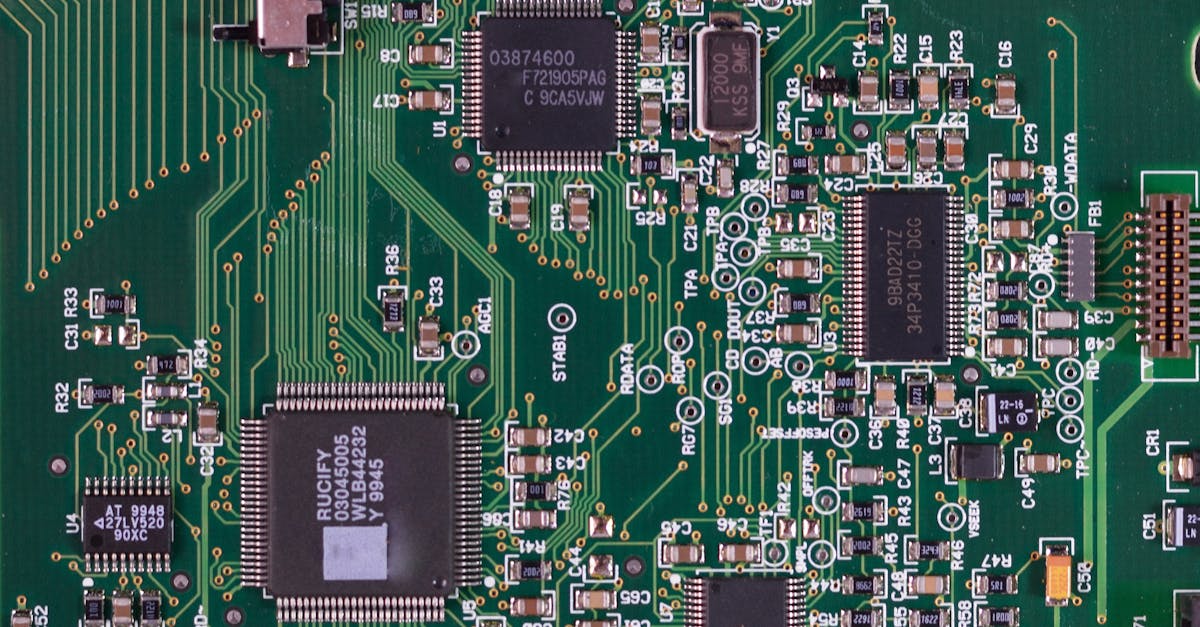
Ensuring Proper Positioning and Mounting of a Split System Indoor UnitTo prevent blockages in the condensate drain lines of split system evapo
ooling process. Proper drainage is essential to prevent water build-up around the unit, which could lead to corrosion, water damage, and the growth of mould and mildew.
Redirecting condensate water away from the unit and the building is a fundamental aspect of ensuring the longevity and optimal performance of the indoor unit. By directing the water away from the equipment and the structure, the risk of water infiltration and potential structural damage is significantly reduced. Implementing a well-designed drainage system that effectively removes the condensate water will not only protect the unit but also contribute to maintaining a healthy indoor environment free from moisture-related issues.
Testing the Indoor Unit for Proper Functionality
Once the split system indoor unit has been installed and connected properly, it is crucial to test its functionality to ensure optimal performance. Begin by turning on the unit and checking if the air conditioning or heating mode operates correctly. Listen for any unusual noises that may indicate an issue with the unit.Terms of Use
Next, adjust the temperature settings to test if the unit can effectively cool or warm the room as desired. Pay attention to the airflow distribution to confirm that air is being distributed evenly throughout the space. Additionally, use a thermometer to check if the unit is achieving the set temperature accurately. Conducting these tests will help identify any potential problems and ensure that the indoor unit is functioning correctly.
Checking for Proper Temperature Control and Airflow Distribution
To ensure optimal performance of the split system indoor unit, it is crucial to check for proper temperature control and airflow distribution. Start by setting the thermostat to the desired temperature and observing how the unit responds. The indoor unit should cool or heat the room effectively and maintain a consistent temperature throughout the space. Additionally, check that the airflow from the unit is steady and reaches all corners of the room without any obstructions.
Next, assess the airflow distribution by standing in different areas of the room and feeling the air coming from the unit. It is important that the airflow is evenly distributed without any pockets of hot or cold air. Adjust the airflow direction if needed to ensure that the entire room receives proper ventilation. Proper temperature control and airflow distribution are key factors in achieving a comfortable indoor environment and ensuring the efficient operation of the split system unit.Privacy Policy
Conducting a Final Inspection and Quality Assurance Check
During the final inspection and quality assurance check of the split system indoor unit installation, it is crucial to ensure that all components are securely fastened and positioned correctly. Check that the unit is level and stable on the mounting bracket to prevent any potential issues in the future. Verify that the unit is free from any obstructions that could impede proper airflow and performance.
Next, inspect the electrical connections to confirm that they are properly secured and that there are no exposed wires or signs of damage. Test the unit's functionality by turning it on and off to see if it responds as expected. Monitor the temperature control settings and airflow distribution to guarantee that the unit is operating efficiently and effectively. Finally, conduct a thorough visual inspection to ensure that the installation complies with safety regulations and building codes, providing reassurance that the split system indoor unit is ready for use.